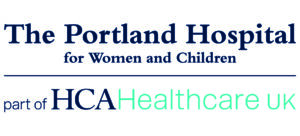FAQ’s
Bed wetting (Nocturia) is really common affecting up to 20% of 8 years and 1% of 17 years old.
Although most children do improve it can take them a very long time. The child can finding ‘waiting’ to grow out of the condition very frustrating and disempowering. Failure to seek suitable medical advice can lead to significant delays in achieving continence even after treatment starts.
40% of children with bed wetting have a strong family history with a parent having had a similar history as a child.
The length of time required to be cured is related to the length of time with the symptoms and the failure of previous medical therapy.
Most children do not require surgery. However, a very small number of children have a structural problem which requires investigation and surgery but it is very uncommon.
Rarely in life is there a quick fix for anything and the same applies to bed wetting. Most children require a number of visits to get them on the right path but once they are ‘fixed’ they are cured forever.
Many children had undiagnosed major daytime issues. This is due to the affect that child void in their pattern and it is unknown to the family and parents.
‘Lifting’ can stop the bed getting wet however unless the child is awake it rarely improves the situation in the long-term.
Lots of children don’t drink enough fluid in the day and fluid restriction is not the way to go.
The alarm can function very well in some children and are a very useful treatment modality in primary care.
Our policy is to try and avoid medication and most children not need medication. However, medication can be useful and necessary in selected children and we will always do the best for your child.
Seeking advice is always the best first step and we are here to help. Occasionally medication is useful for an acute event in order to help a child over a worrying few days.
